The top 7 explanations for the star’s weird behavior, ranked roughly in order of plausibility.
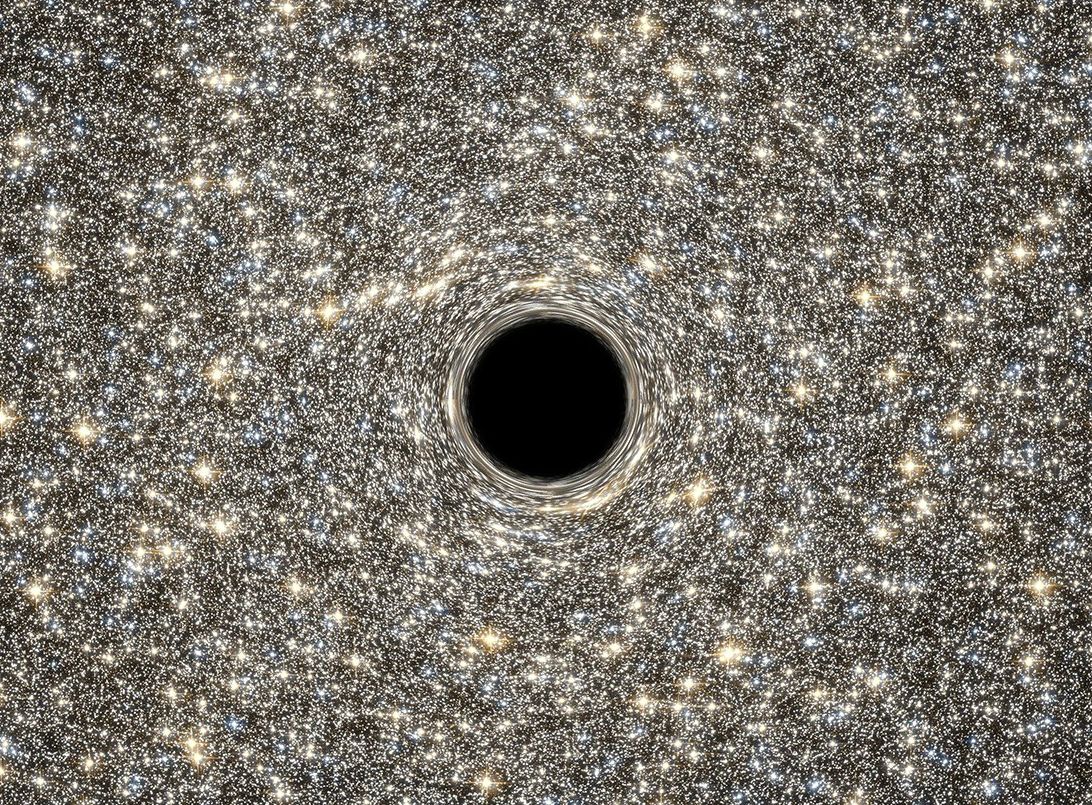

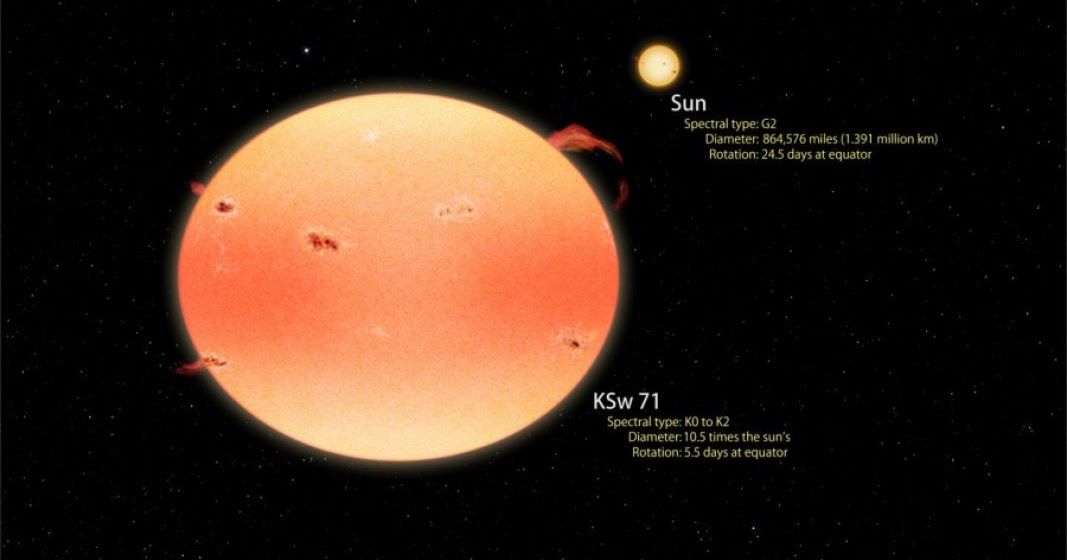
Perfect for Halloween — the big Pumpkin Star story.
According to Quantum FFF Theory, stars are formed between dual new physics black holes called Herbig Haro pressure cookers.
The dual black holes can have different sizes and different capacities to produce different sized stars.
They are assumed to produce most of the plasma dust and and Hydrogen gas to form the central baby star.
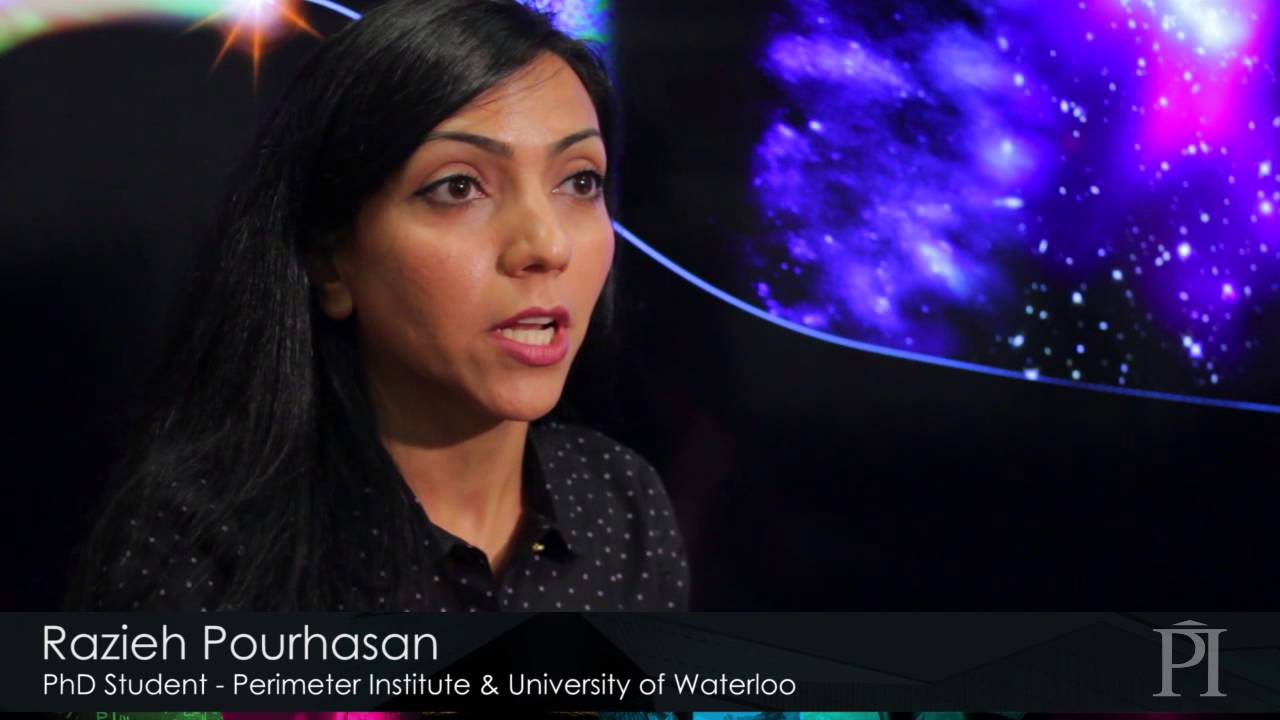
According to our best understanding of the Universe, if you travel back in time as far as you can, around 13.8 billion years or so, you’ll eventually reach a singularity — a super-dense, hot, and energetic point, where the laws that govern space-time breakdown.
Despite our best attempts, we can’t peer past that singularity to see what triggered the birth of our Universe — but we do know of only one other instance in the history of our Universe where a singularity exists, and that’s inside a black hole. And the two events might have more in common than you’ve ever considered, as physicist Ethan Siegel explains over at Forbes.
It might sound a little crazy, but, as Siegel reports, from a mathematical perspective, at least, there’s no reason that our own Big Bang couldn’t have been the result of a star collapsing into a black hole in an alternate, four-dimensional universe.

Five years ago, the Nobel Prize in Physics was awarded to three astronomers for their discovery, in the late 1990s, that the universe is expanding at an accelerating pace. Their conclusions were based on analysis of Type Ia supernovae — the spectacular thermonuclear explosion of dying stars — picked up by the Hubble space telescope and large ground-based telescopes. It led to the widespread acceptance of the idea that the universe is dominated by a mysterious substance named ‘dark energy’ that drives this accelerating expansion.
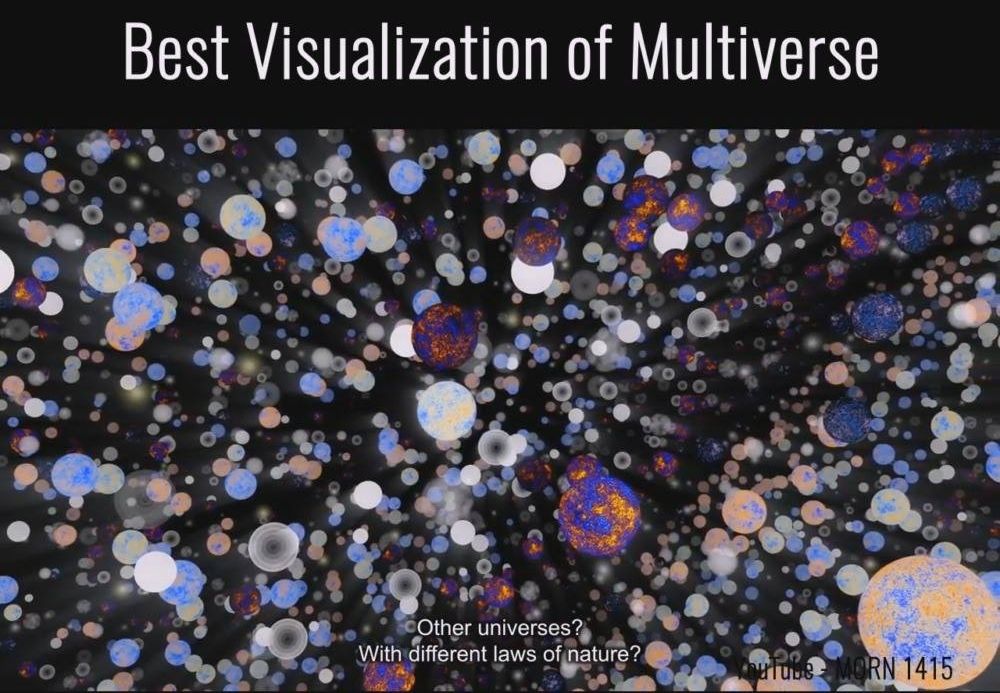
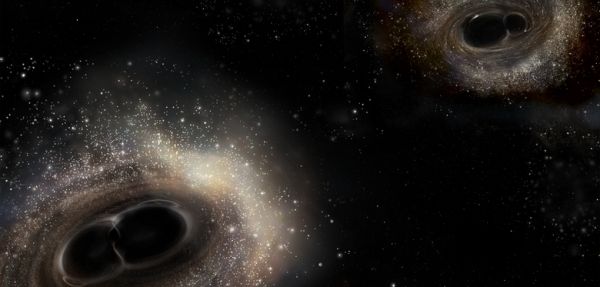
How, then, could we tell a gravastar from a black hole? It would be almost impossible to “see” a gravastar, because of the same effect that makes a black hole “black”: any light would be so deflected by the gravitational field that it would never reach us. However, where photons would fail, gravitational waves can succeed! It has long since been known that when black holes are perturbed, they “vibrate” emitting gravitational waves. Indeed, they behave as “bells”, that is with a signal that progressively fades away, or “ringsdown”. The tone and fading of these waves depends on the only two properties of the black hole: its mass and spin. Gravastars also emit gravitational waves when they are perturbed, but, interestingly, the tones and fading of these waves are different from those of black holes. This is a fact that was alreadyknown soon after gravastars were proposed.
After the first direct detection of gravitational waves that was announced last February by the LIGO Scientific Collaboration and made news all over the world, Luciano Rezzolla (Goethe University Frankfurt, Germany) and Cecilia Chirenti (Federal University of ABC in Santo André, Brazil) set out to test whether the observed signal could have been a gravastar or not.
When considering the strongest of the signals detected so far, i.e. GW150914, the LIGO team has shown convincingly that the signal was consistent with the a collision of two black holes that formed a bigger black hole. The last part of the signal, which is indeed the ringdown, is the fingerprint that could identify the result of the collision. “The frequencies in the ringdown are the signature of the source of gravitational waves, like different bells ring with different sound”, explains Professor Chirenti.
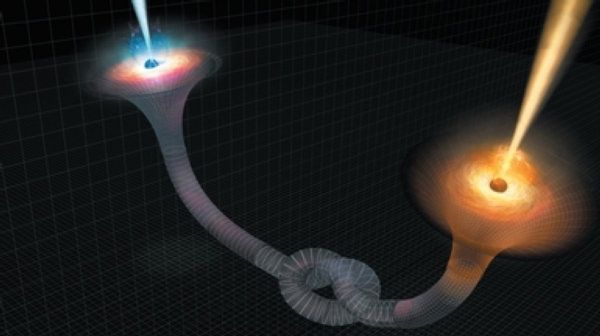

Nice.
There are many scientific and non-scientific varieties of the answer about what came before Big Bang. Some say there was literally nothing and some say a black hole or a multiverse. But now a group of mathematicians from Canada and Egypt have analyzed some cutting edge scientific theory and a complex set of equations to find what preceded the universe in which we live. Their research paper has been published in Nature.
To explain it in simple and easily understandable terms; they applied the theories of the very small i.e. the world of quantum mechanics, to the entire universe — explained by general theory of relativity, and discovered the universe essentially goes through four different phases.
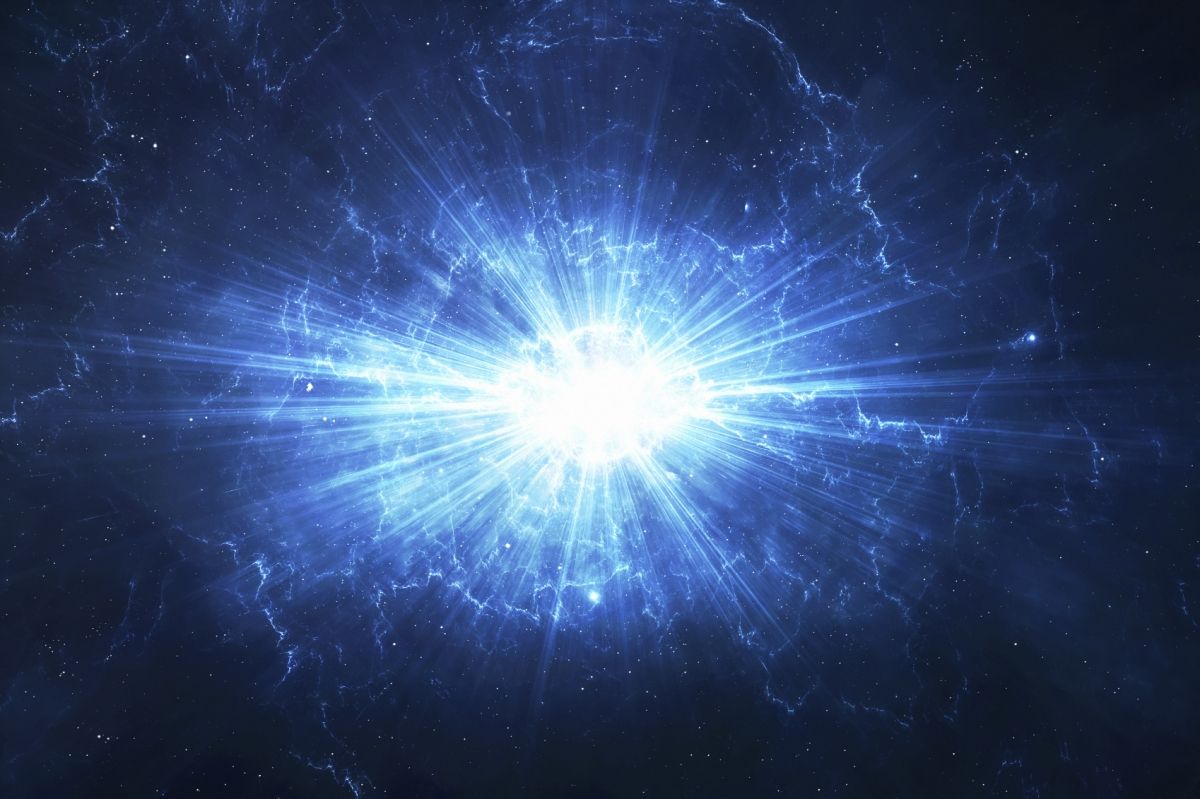
In their study, published on the pre-print server arxiv.org, Maha Salah, Fayçal Hammad, Mir Faizal and Ahmed Farag Ali have been able to look at the state of the universe before its beginning, creating a model of pre-Big Bang cosmology.
The cosmology of the universe can be modelled using the Einstein’s general theory of relativity. It predicts that the universe is expanding and the galaxies are all moving away from us. Also the further a galaxy is away, the faster it is moving away from us. This is used to predict the universe started with a Big Bang – if you reverse this expansion to go back in time, eventually we come to the point where the universe began.
At the point of Big Bang the laws of Einstein’s general theory of relativity seem to break down and it is not possible to use them to understand how the Big Bang occurred. So, how did the Big Bang happen and can we describe physics before the Big Bang? Can we describe physics before the creation of the universe? According to the team’s model, yes, we can.
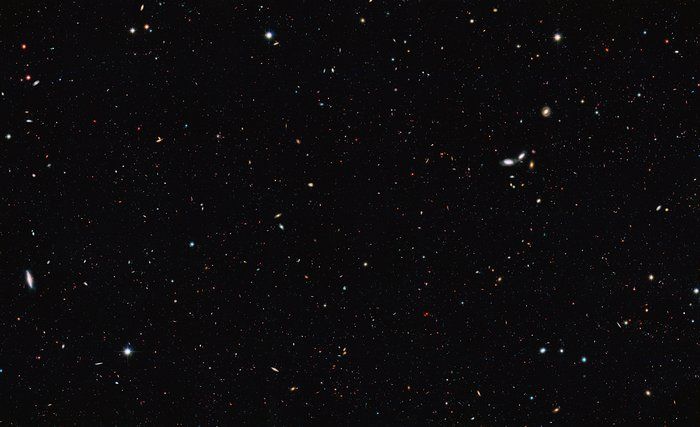
Not 100 billion galaxies but one trillion. Is this the missing mass then? No more “dark matter”?
The latest finding with the Hubble space telescope: